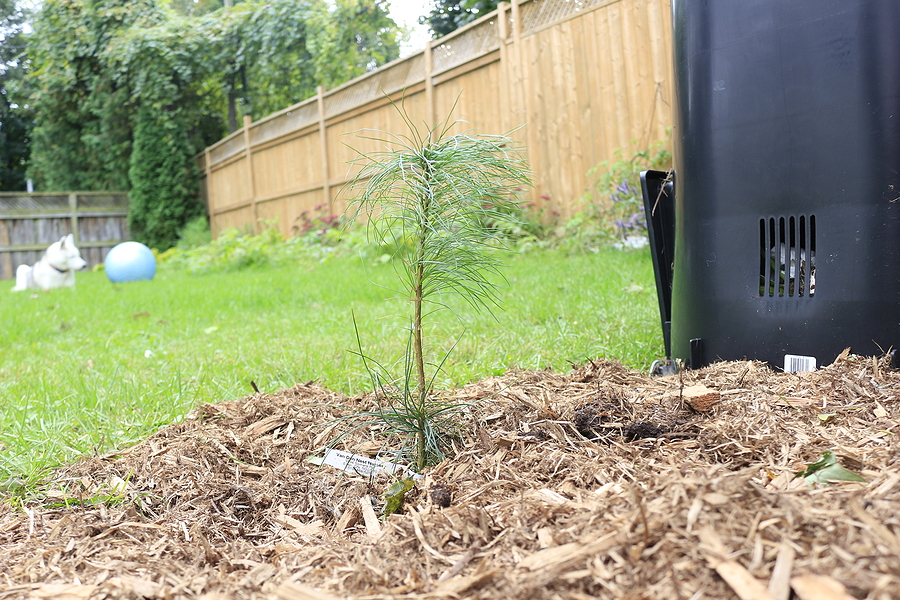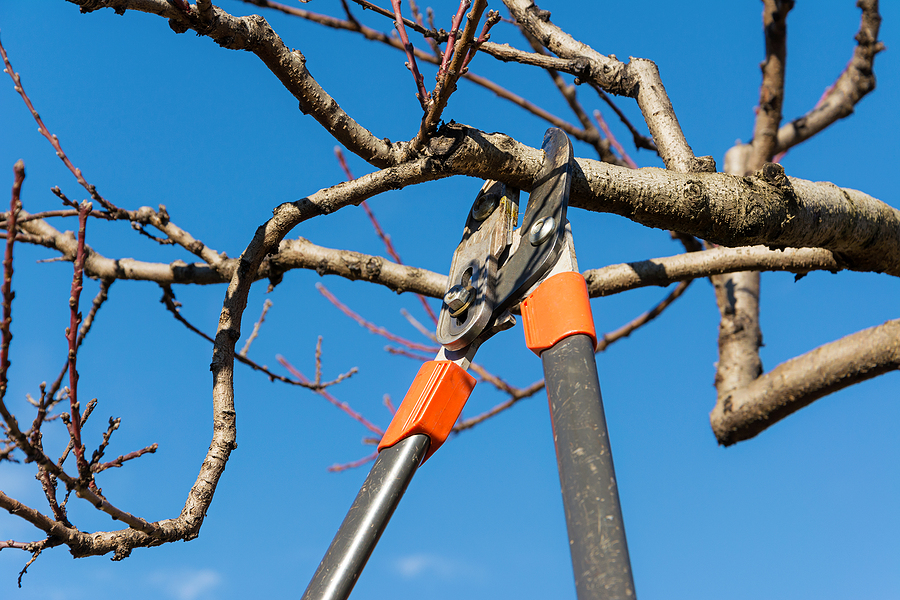Newly planted trees are more than just elegant landscaping; they are the future forest of your property, contributors to the environment’s health, and intricate parts of your local ecosystem. This comprehensive guide is a must-read for garden enthusiasts, homeowners, and environmentalists looking to ensure the successful growth of their new arboreal addition.

Why Care for Newly Planted Trees Is Essential
The first few years of a tree’s life are crucial for its health and shape. Proper care ensures that roots establish well, and the tree adapts to its new environment. This early care results in numerous benefits, including:
☑ Longevity: A well-cared-for tree is likely to live longer, providing beauty and benefits for generations.
☑ Property Value: Strategically planted trees can increase property value, especially if they are healthy and well-maintained.
☑ Environmental Benefits: Trees contribute to local biodiversity and positively affect environmental conditions.
☑ Cost-Effective: Investing resources in proper care reduces future maintenance costs.
☑ Aesthetic Environment: Healthy trees create an aesthetically pleasing environment that can boost well-being.
Tree Maintenance for a Young or Newly Planted Tree
Watering Tips for New Trees
Water is essential to a young tree. During its first year, the tree should receive at least 5 gallons of water per week, and it should be applied slowly so that it can soak into the soil and reach the roots. A slow-release hose or a simple drip irrigation system can work wonders.
Over-watering can be as dangerous as under-watering. To check if your tree needs water, dig a small hole near the roots. If the soil is dry a few inches down, it is time to water. Avoid watering the leaves as this can lead to disease and other issues.
Pruning Tips for New Trees
Pruning is a delicate act. Never prune more than 25% of the tree’s canopy, especially in the first year. Your aim is to remove damaged or diseased branches that could harm the tree’s health, and to shape the tree when necessary.
Newly planted trees should not be pruned unless there is no other option. The focus should be on letting the tree grow and establish its root system. Once the tree is a bit older, periodic pruning encourages better structure and health.
Fertilization and Soil Management Practices
Fertilize the tree sparingly, as the young tree is not yet grown enough to require significant nutrients. Apply a slow-release fertilizer designed for trees in the spring and fall. The best approach is based on a soil test to understand which nutrients should be supplemented.
Keep the area around the tree free from competing plants. Use mulch to retain moisture, reduce weed competition, and insulate against temperature changes.
Protection Against Pests and Diseases
Since young trees have not developed a strong defense system, they are susceptible to pests and diseases. Regular checks for signs of infestation or illness are important.
Use preventive measures such as beneficial insects and disease-resistant plant varieties. Be cautious with chemical treatments, as they may harm the young tree if not applied properly.
Seasonal Care Calendar for Newly Planted Trees
Spring
Spring is a time of growth. Monitor your tree for any signs of damage from the winter cold. Provide protection from late frost by covering the tree at night. Fertilize the tree if necessary, but be cautious not to over-fertilize.
Prune your tree in early spring if there are any dead, dying, or diseased branches. This encourages healthy growth. Spring is also a good time to inspect the root ball and the tree tie or stake for any adjustments they might need.
Summer
The summer heat requires more diligent watering. If the tree shows signs of dryness, up the watering schedule. Summer is a great time to monitor the tree’s growth and adjust support as needed.
Protect the tree from sunburn and pests by applying tree wrap or insect barriers. Avoid mulching too close to the tree’s trunk, as it can provide a habitat for pests.
Fall
Fall is the time to monitor your tree for drought stress. The cooler weather may lead you to believe that the tree needs less water, but this is not necessarily the case. Continue to water as needed.
Prepare your tree for winter by gradually reducing the amount of water in the late fall. Waterlogged roots combined with winter temperatures can lead to root rot. Clear the area of leaves to reduce the risk of pests and disease.
Winter
Winter is a time for the tree to rest. The focus should be on structural integrity. Prune your tree to get rid of any snow or ice damage. Provide some insulation for the base of the tree to keep the roots from freezing, especially for newly planted trees that are more vulnerable to frost.
Inspect the tree’s surroundings regularly for debris or pests. Winter is also a good time to conduct a thorough health check for the tree, looking for irregular growth or signs of disease.
Conclusion
Proper care for newly planted trees is an investment in the future of your property and the environment. It’s an act of giving back to nature by enhancing local ecosystems and contributing to a greener planet. By following the practices outlined in this guide, you can take pride in knowing that your efforts are enriching the world for years to come.
Remember, each tree can significantly impact the environment and our wellbeing. By caring for your newly planted tree, you are making a conscious contribution to environmental conservation. Every drop of water, every careful pruning, and every watchful eye helps to ensure that your tree thrives and continues to give innumerable benefits to the world around it.
Trees are more than just part of a landscape. They are life. And they deserve the very best care we can offer them. Contact Timberland Tree Care at 317-348-0811 for licensed and insured seasonal tree service in Indianapolis, Indiana. We provide residential and commercial tree care solutions at economical prices.
Related Posts:
Structural Support for Landscaping Trees: A Guide for Homeowners
Tips for Protecting Your Trees From Wind Damage
Tree Maintenance: Seasonal Tips for Keeping Your Trees Healthy



